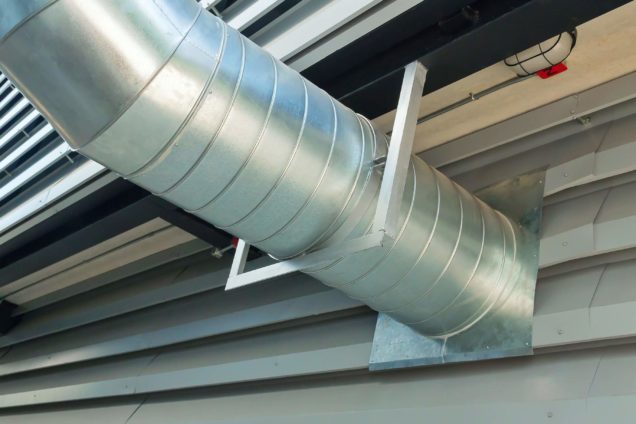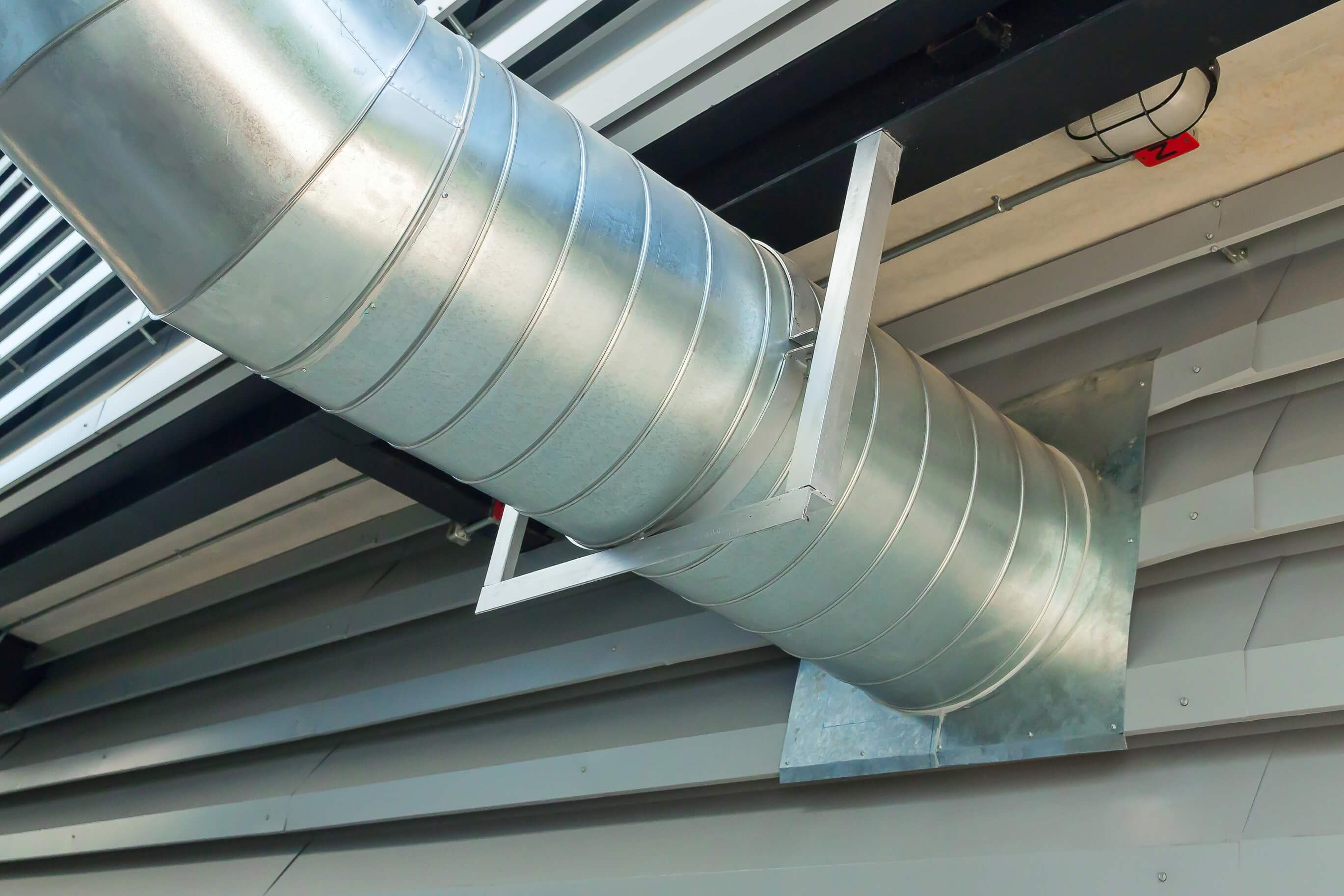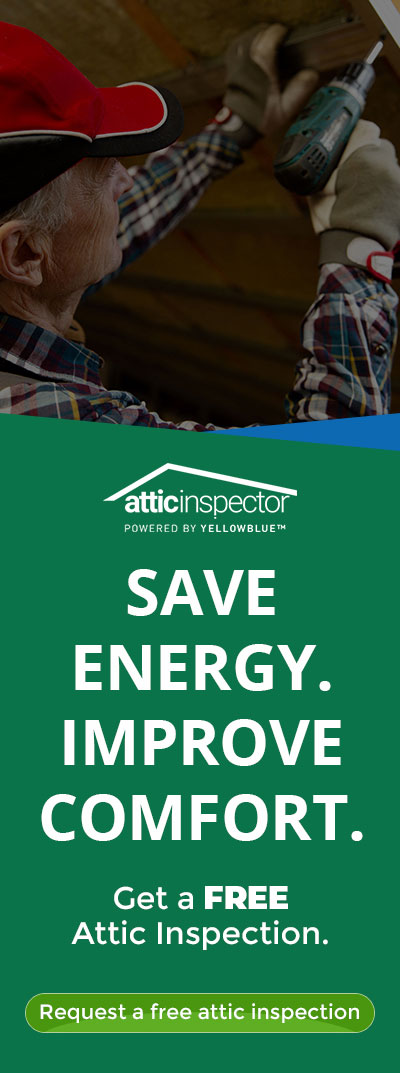Duct leakage.
It seems simple enough. Plug up the holes and you’re good to go, right? Not quite.
Leaks in forced air duct systems are considered a major source of energy waste in new and existing homes.
According to Energy Star, about 20% of the air that moves through your home is lost. This is due to leaks, holes, and poorly connected ducts.
What is duct leakage?
Ducts carry heated or cooled air throughout your home. The duct system, as described by the Department of Energy, is a branching network of tubes in walls, floors, and ceilings. Made of sheet metal, fiberglass, or other materials; ducts carry air from your home’s furnace and central air conditioner to each room. When those ducts develop leaks or holes, a variety of problems occur.
Duct leakage causes the home’s HVAC system to work harder. In addition to the loss of conditioned air, if ducts are not sealed, negative air pressure could fill your home with dirty air. If you suffer from allergies and experience symptoms in your home, duct leakage may be to blame.
Duct leakage occurs most often in attics, crawl spaces, garages, and basements.
Duct leakage problems
High energy bills.
With leaky ducts, your home HVAC system has to work harder and longer. Since heated or cooled air escapes the ducts, it is harder for your home to maintain your desired temperature. As a result, this means higher-than-average utility bills. Per the Department of Energy, duct leakage can add hundreds of dollars a year to your heating and cooling bills.
Increased need for HVAC-related repairs.
An HVAC system that is constantly running due to air leaks speeds up the repairs and maintenance it needs, even if it is relatively new.
Air quality problems.
When a heating and air conditioning system that has leaks or holes is turned on, the ducts suck up dust, dirt, and other contaminants. The dust and debris from the attic or crawlspace get blown out through vents around your home, resulting in indoor air quality problems.
Clogged air filters.
Air quality problems directly relate to this point. The extra debris being sucked up by the ducts quickly fills your air filters, leading to more frequent filter changes.
Hot and cold spots in your home.
If there is a hole in the ductwork leading to a certain room, that room isn’t receiving all of the heated or cooled air from your system. This reduces your family’s home comfort.
Dangerous backdrafting.
When vented appliances like gas furnaces and water heaters send fumes outdoors, leaky ducts can suck those fumes back into the home. This not only affects air quality but is also a dangerous problem to have.
Duct leakage and your health
Leaky ducts can make breathing difficult – sometimes dangerous – especially for those with allergies or asthma. When ducts leak, air from the surrounding area enters into the ductwork and mixes with conditioned air. As a result, unwanted contaminants spread throughout the home. The air entering duct leaks contain allergens and other dangerous fumes. Some of these contaminants include:
- Airborne particulates including pollen and dust
- Moisture that can lead to mold and mildew growth
- Vapors from household cleaning products
- Small machine or vehicle exhaust fumes
We discussed the energy that is lost with duct leakage, but the health risks for leaky air ducts are just as important.
The Environmental Protection Agency warns of the dangers of moisture that enters through leaky air ducts, stating that condensation is a major factor in moisture contamination of the system. Condensation is an important indicator of the growth of mold. The EPA suggests the prompt and proper repair of leaking ducts to prevent moisture-related biological growth.
Leaky ducts create negative air pressure within the house. Negative air pressure can cause dangerous backdrafting. The Department of Energy explains the danger of backdrafting as a result of negative air pressure by using the example of a fireplace. Backdrafting could cause carbon monoxide fumes to be drawn down the chimney, rather than letting it escape up the chimney. If this occurs often, homeowners can be at risk of becoming sick. Backdrafting also occurs with oil-fueled or natural gas-fueled appliances.
Testing for duct leakage
Your local HVAC professional can use several ways to test for duct leakage:
- A duct leakage tester and blower door together
- A flow hood
- Using a blower door and pressure pan
- Using a blower door only
There are two steps for using a duct leakage tester to measure for duct leakage. First, your local HVAC professional uses a calibrated fan to pressurize the duct system. Next, they will measure the airflow through the fan with the duct system at pressure. Once the amount of air moving through the fan has been measured, the duct leakage can be quantified.
In testing for leaks, your HVAC professional will look for two types of leaks:
The first type of leak is what could be considered ‘major’. This type of leak sends conditioned air into unconditioned spaces or suck unconditioned air into the system. Major leaks are responsible for the entry of allergens and other contaminants into your home’s air.
This type of leakage occurs in ducts that are outside of the conditioned space, also known as the ‘building envelope’. Your HVAC professional will use a test called the “outside leakage test” to test for any major leaks.
The second type of leak could be considered ‘minor’. A minor leak is a leak inside of a conditioned space. Minor leaks do not cause a waste of energy. This type of leak may make one room feel more heated or cooled than another in your home.
This type of leakage occurs in conditioned spaces. Therefore, you may think the test for these types of leaks is the “inside leakage test”. It is not the inside leakage test, but rather the “total leakage test”.
How do I fix my ductwork?
Look for gaps, cracks, and poor connections around your air duct seams if you suspect duct leakage. If you think you have spotted a leak, avoid using duct tape and call your local HVAC technician. Unskilled attempts at fixing leaky ducts can worsen the problem at hand. By fixing only major leaks (the ones you can easily spot), your home’s pressure can become seriously unbalanced.
This article is for informational purposes. yellowblue™ Eco Tech recommends that all HVAC work completed in your home be performed by a certified HVAC technician.
Contact a yellowblue™ independently authorized dealer to learn more about solar attic fans, multi-layer insulation, and other energy saving products.




